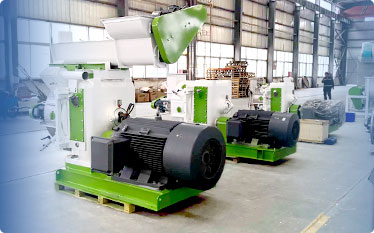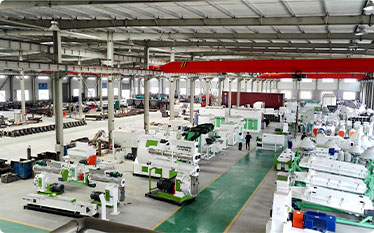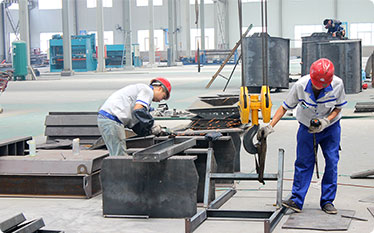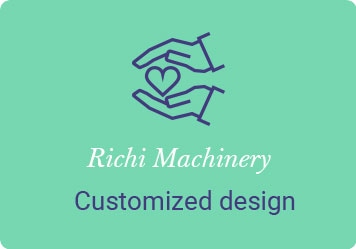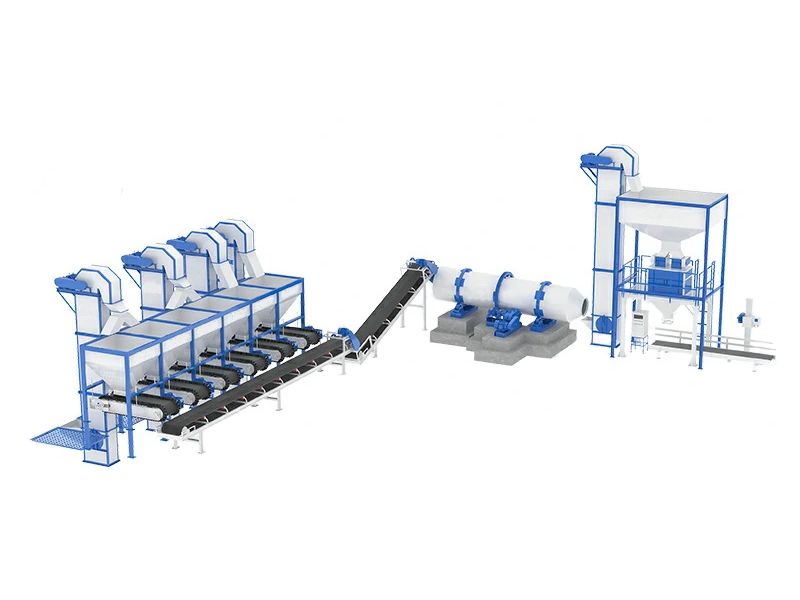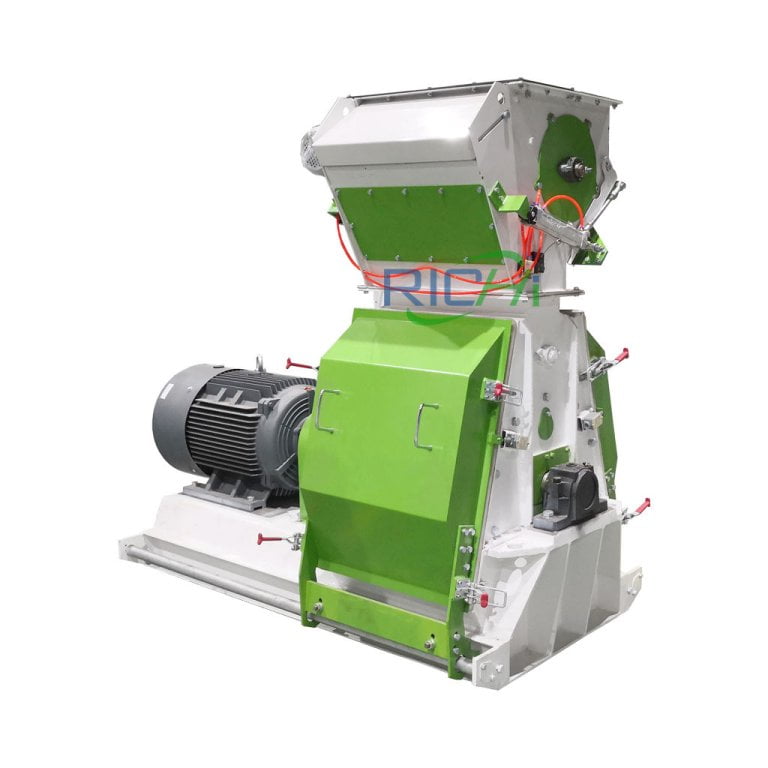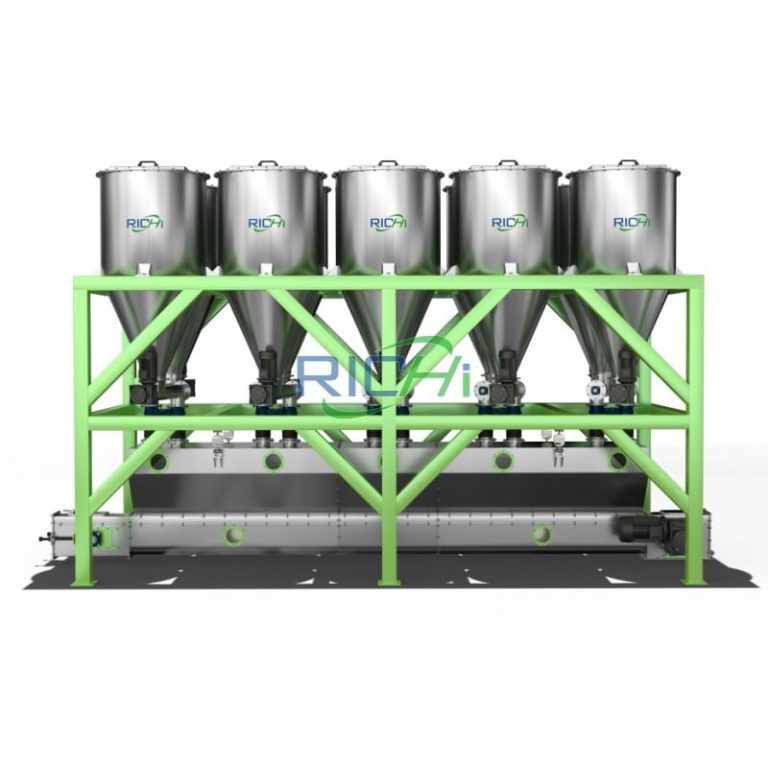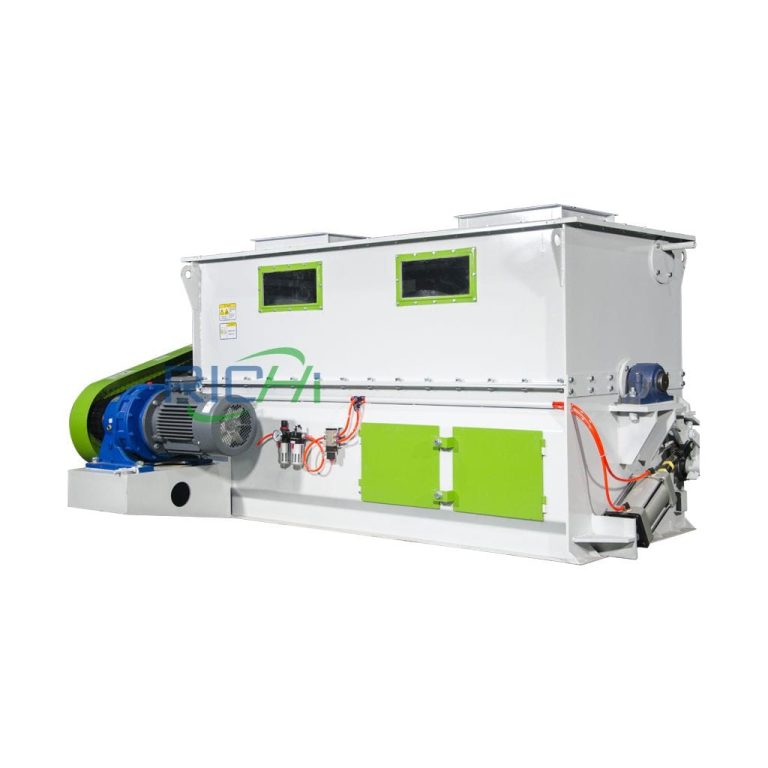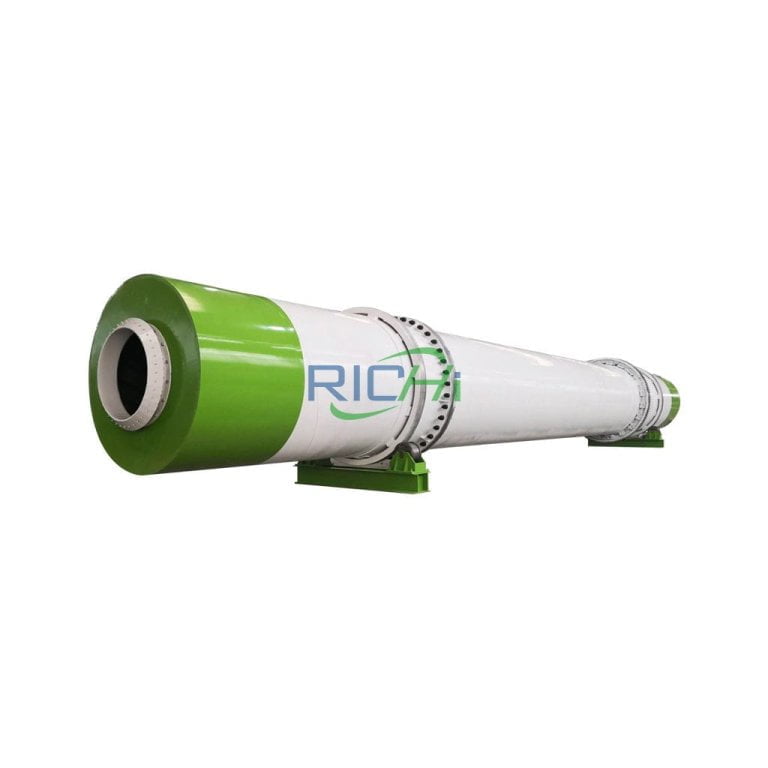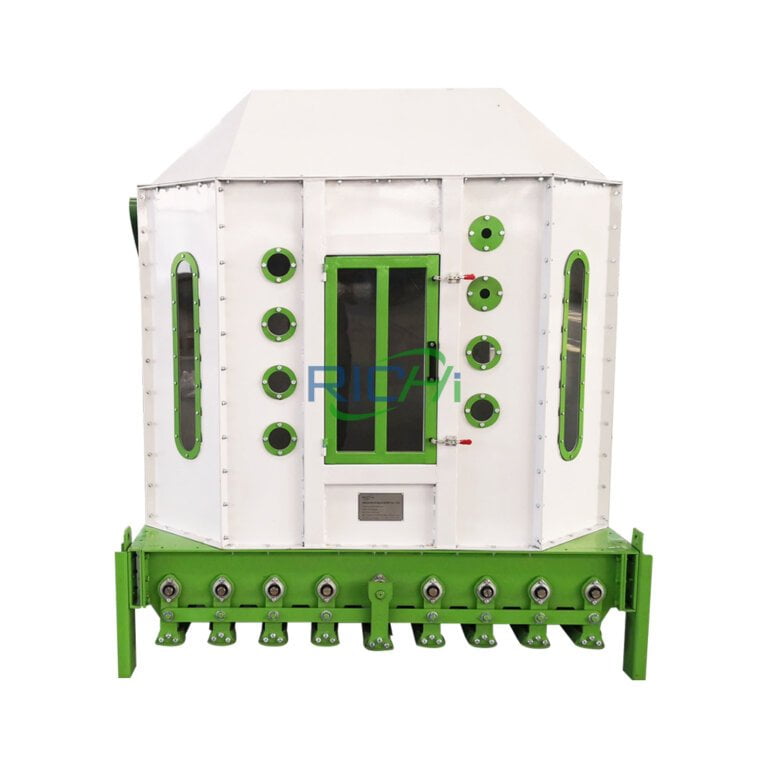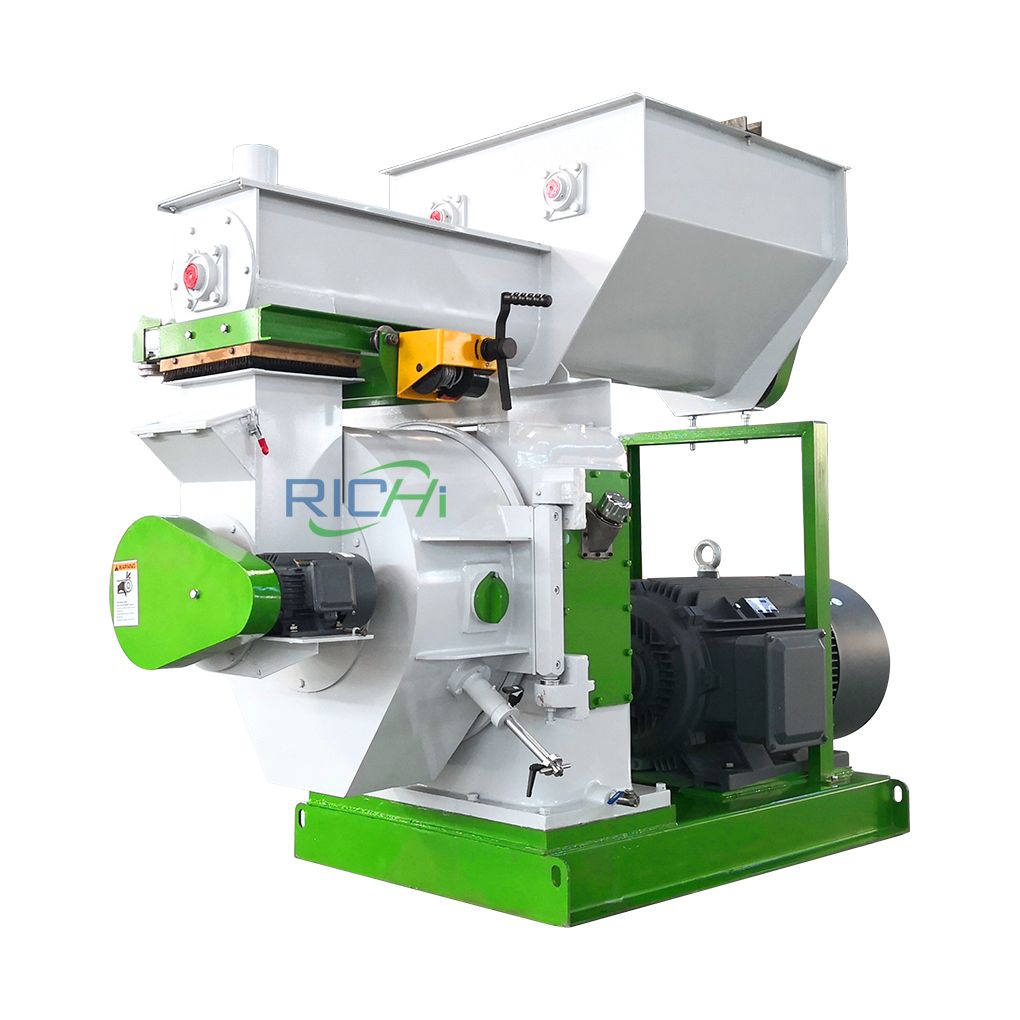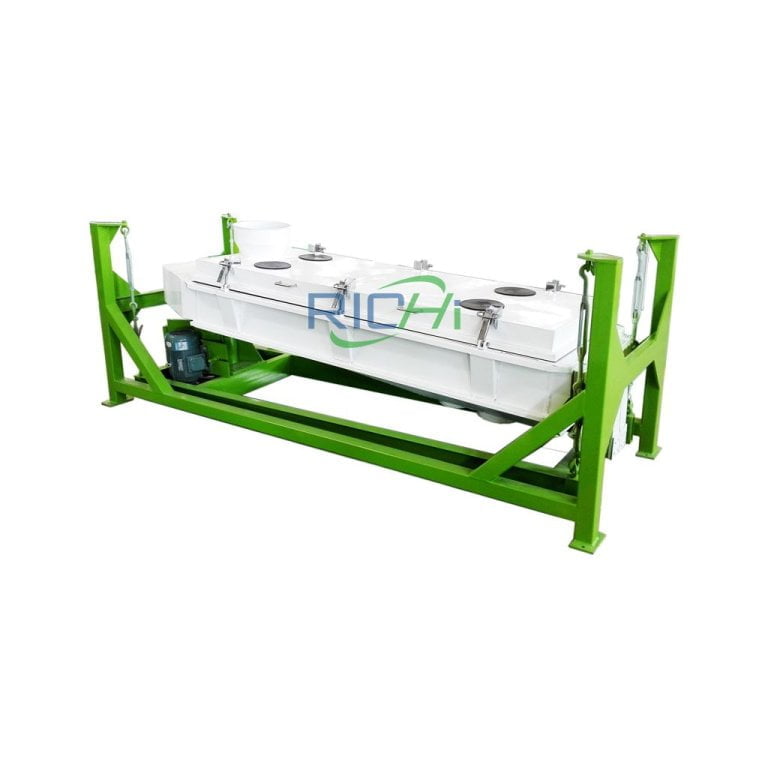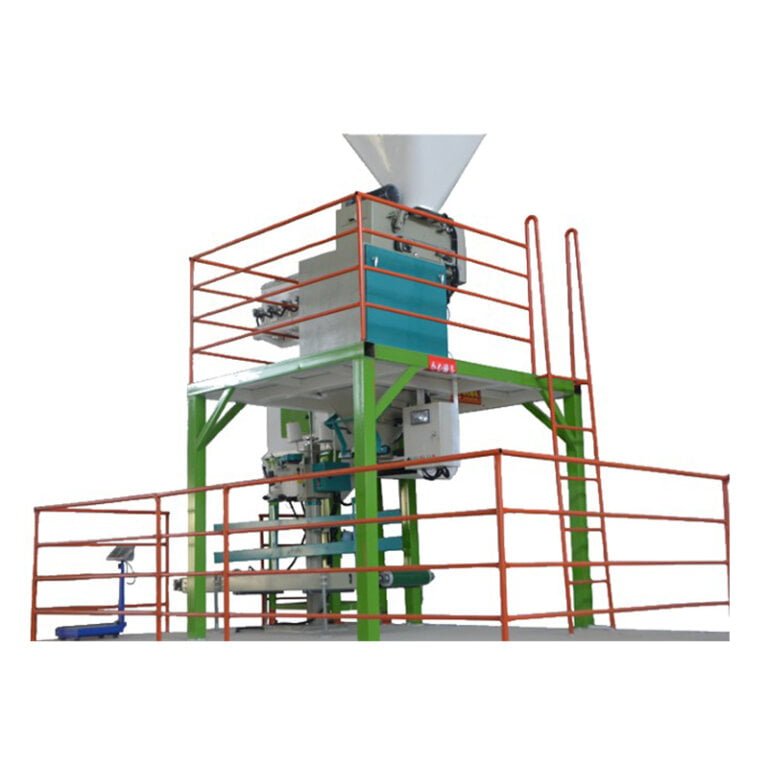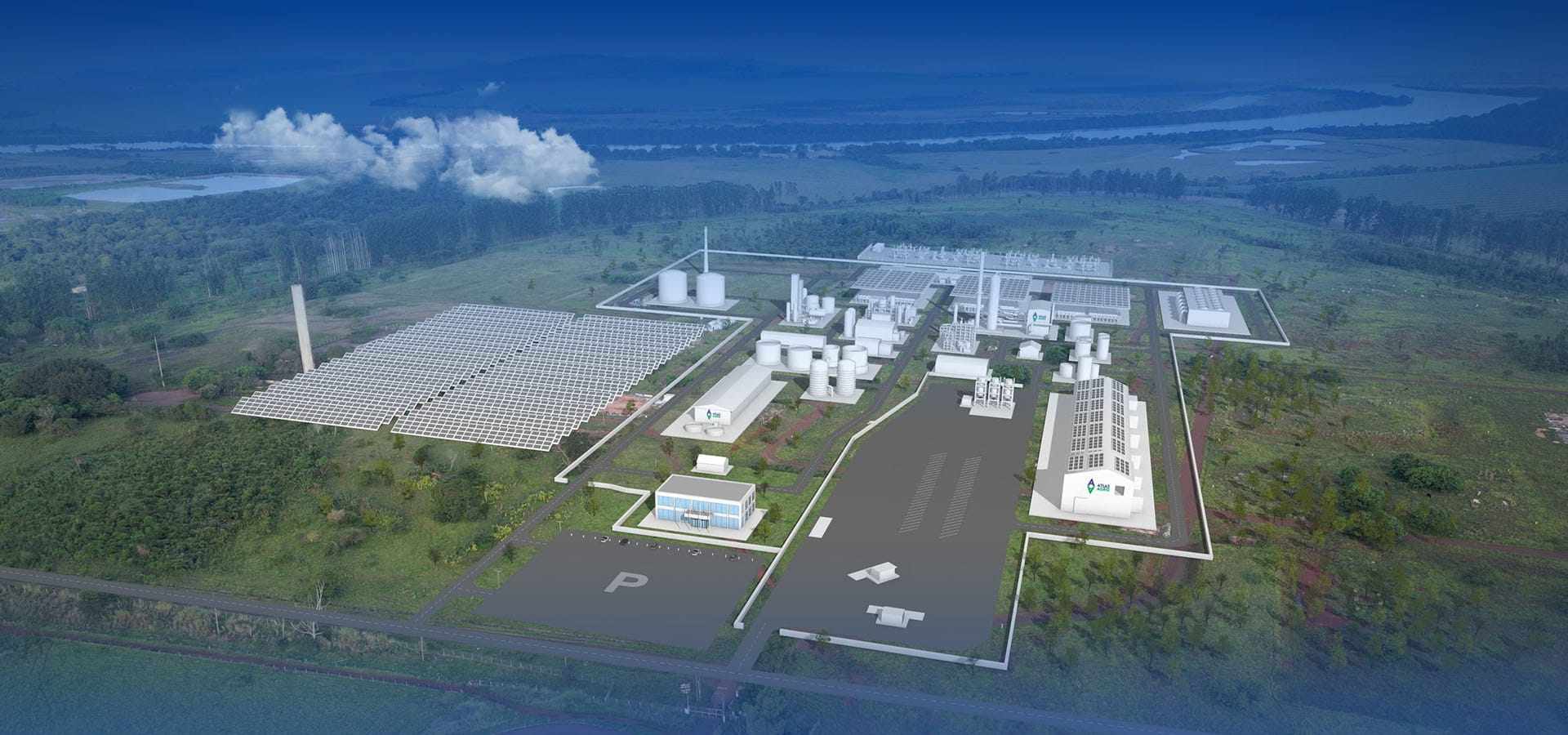
Your Solution Starts Here
Compound Fertilizer Production Line
The compound fertilizer production line is a compound fertilizer processing equipment that integrates screening, mixing, crushing, drying, granulation, cooling, coating, and finished product packaging. The production line is flexible in design and can quickly adjust product strategies according to market changes. It can not only produce granular compound fertilizers and powdered compound fertilizers, but also has the production capacity of organic and inorganic compound fertilizers.
Compound Fertilizer Production Line solution
— Richi Machinery —
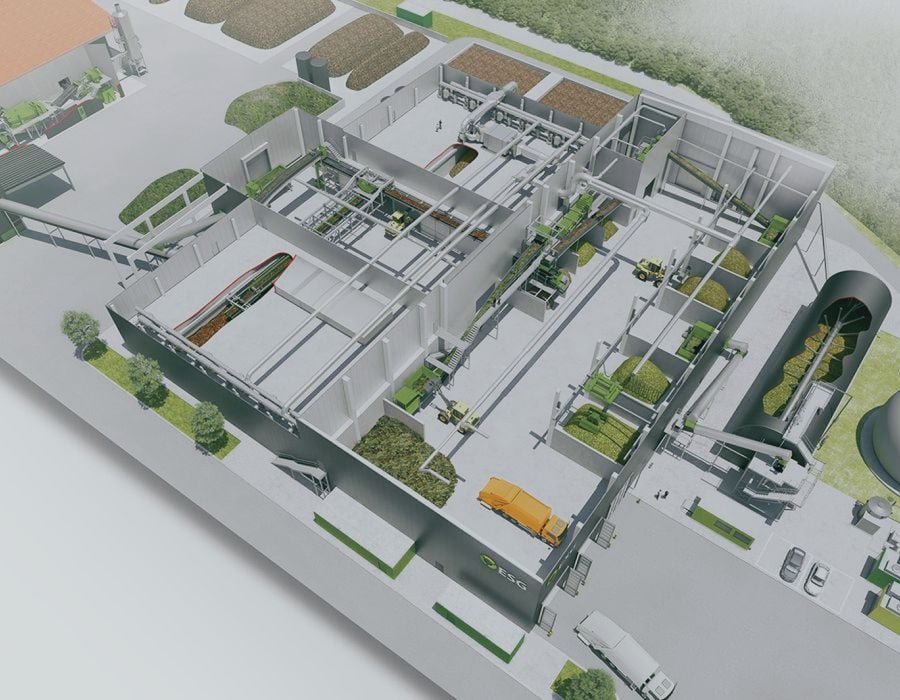
The technology and equipment used in our compound fertilizer plant can produce high-quality compound fertilizer. Our compound fertilizer production line adopts a fully automatic control system to ensure the stability and efficiency of the production process.
At the same time, our production line also uses high-quality raw materials, such as nitrogen, phosphorus, potassium and other elements, to ensure that our compound fertilizers can meet the needs of different crops in terms of nutrient content and ratio.
RICHI MACHINERY is a leading provider of compound fertilizer manufacturing equipment for fertilizer industry. Many globally recognized fertilizer companies use our compound fertilizer production plant solutions, which include conveying, batching, mixing, granulation, drying, cooling, screening and packaging. We proudly provide engineering, quality, installation, and automation support services.
Types:
There are various types of compound fertilizer lines, mainly including chemical synthesis and physical mixing. The most common one are the npk compound fertilizer production line and biocompound fertilizer. According to the product form, production scale and functional requirements, you can choose granular, powdered or liquid compound fertilizer production lines.
Each type has its own unique process, equipment and application scenarios. Enterprises can choose the appropriate production line type according to their own needs.
1-60 T/H
Production capacity
Powders and granules
Product type
Advantages of compound fertilizer processing line
Compound fertilizer production plant is a normal temperature production process, including raw material batching, mixing, granulation, drying, cooling, grading, coating and packaging, etc.
This production line has low investment, quick effect, compact layout, scientific and reasonable, advanced technology, energy saving and consumption reduction, stable operation, convenient maintenance, suitable for granulation of various raw materials, and can produce various concentrations and types of compound fertilizers, such as organic fertilizer, inorganic fertilizer, biological fertilizer and magnetic fertilizer, etc.
Our compound fertilizer production line is your choice in agricultural production. Our high-quality, customizable, efficient, environmentally friendly and safe compound fertilizers will provide nutrients for your crops and make your agricultural production more successful. If you have any needs for compound fertilizers, please feel free to contact us and we will serve you.
Efficient production capacity
Our production line can achieve efficient production, and all links work together to efficiently transform raw materials into high-quality compound fertilizer products.
Low investment and quick results
The production line has a compact layout, scientific and reasonable, advanced technology, and can be put into use quickly.
Environmental protection and safety
Our production line adopts environmentally friendly and safe production to ensure that the production process will not cause pollution to the environment, and at the same time ensure the safety of employees.
Energy saving and consumption reduction
Stable operation, convenient maintenance, energy saving and consumption reduction, and production costs.
Applicable to a variety of raw materials
It can handle a variety of raw materials and produce compound fertilizers of various concentrations and types.
After-sales service:
We not only provide high-quality compound fertilizers, but also provide after-sales services, including technical support, formula adjustment, transportation and other services.
● RICHI MACHINERY
application of compound fertilizer production line
Our compound fertilizer production plant can process general-purpose, special-purpose, slow-release/controlled-release and functional compound fertilizers to meet the needs of different crops, soils and agriculture. By adjusting the formula, process and equipment, the production line can flexibly produce a variety of compound fertilizers, providing efficient and environmentally friendly fertilizer solutions for modern agriculture.
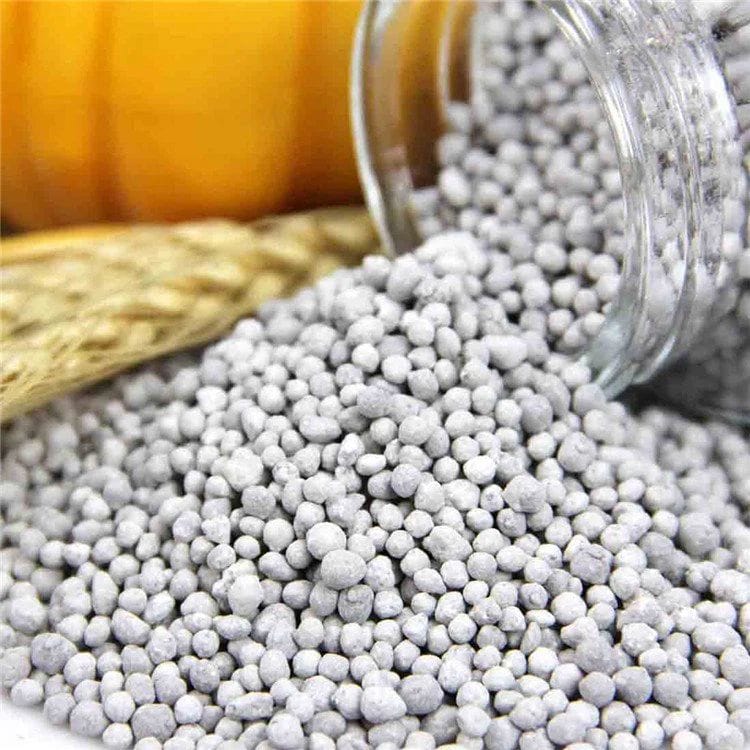
General compound fertilizer
Balanced nutrient ratio, suitable for a variety of crops and soils. Common compound fertilizer formula: such as 15-15-15 (nitrogen, phosphorus and potassium content are all 15%).
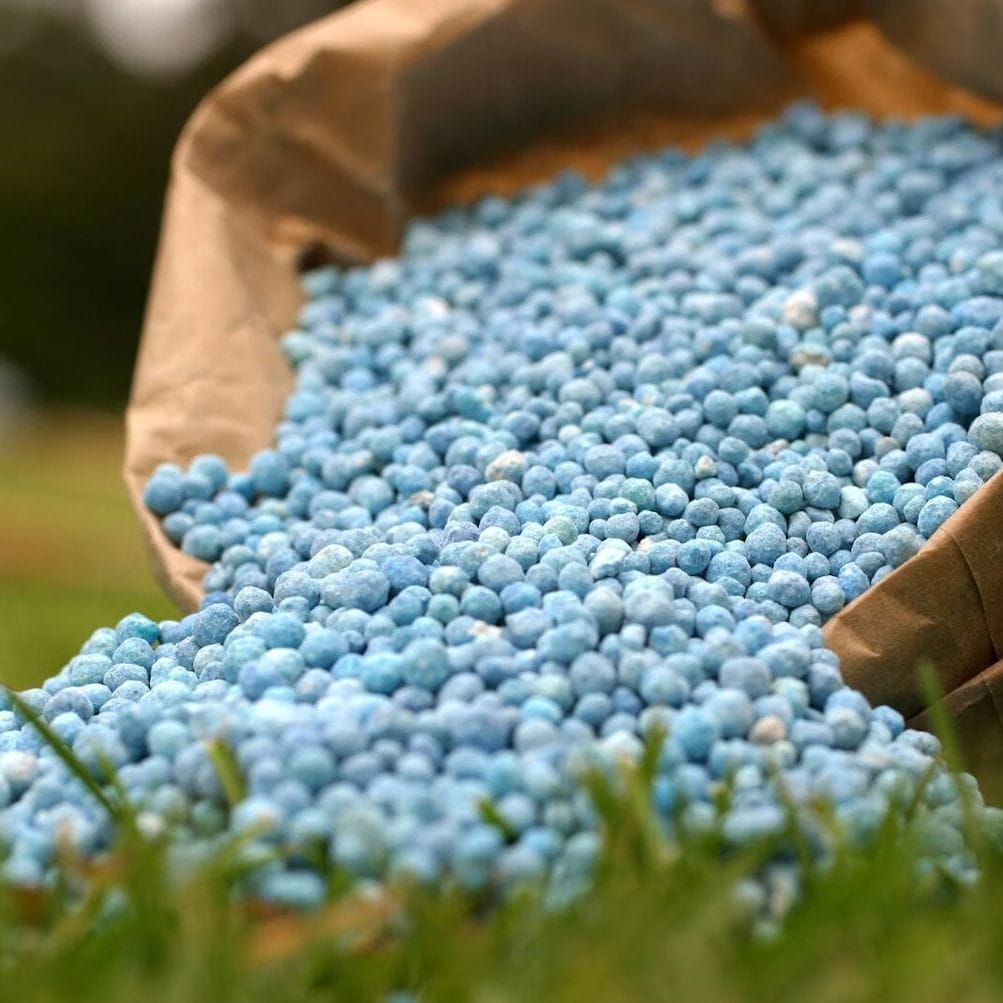
Special compound fertilizer
Designed for specific crop needs, nutrient ratios and added ingredients are different. Common types: such as rice fertilizer, fruit tree fertilizer, and vegetable fertilizer.
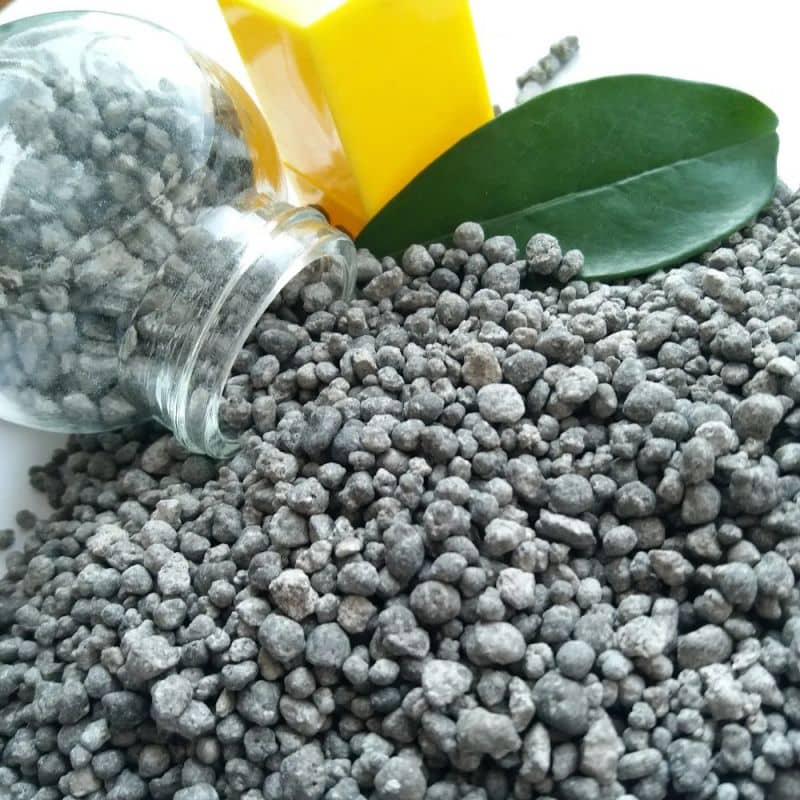
Slow-release/controlled-release compound fertilizer
Control the nutrient release rate through coating or special processes to improve fertilizer utilization. Common types: sulfur-coated compound fertilizer, resin-coated compound fertilizer.
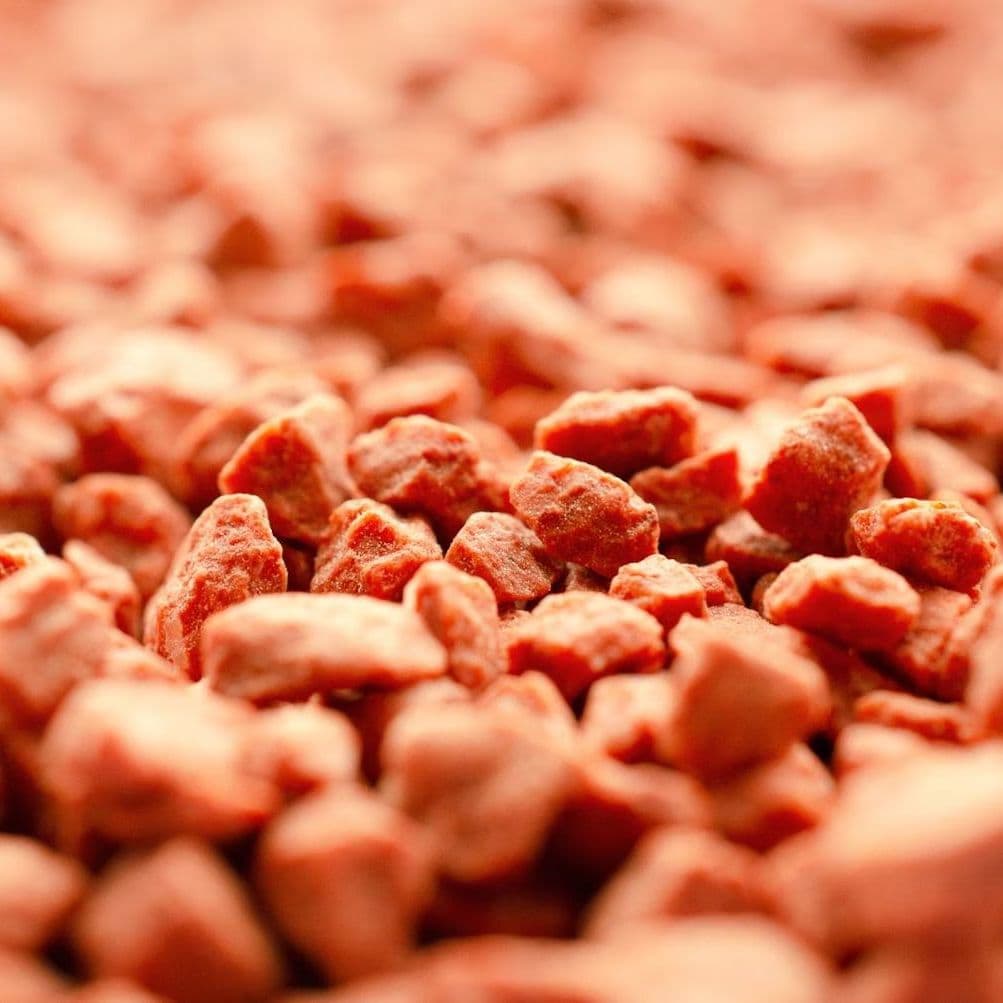
Functional compound fertilizer
In addition to nitrogen, phosphorus and potassium, it adds trace elements, organic matter or microbial agents, which has the functions of improving soil and enhancing stress resistance. Common types: compound fertilizer containing humic acid, compound fertilizer containing microbial agents.
Raw materials for compound fertilizer
Compound fertilizer is made from two or three chemical fertilizers of the three nutrients nitrogen, phosphorus and potassium.

Common raw materials for compound fertilizers include nitrogen fertilizer, phosphate fertilizer and potash fertilizer.
The main raw materials for nitrogen fertilizers are urea, ammonium nitrate, etc.; the main raw materials for phosphate fertilizers are monoammonium phosphate, diammonium phosphate, etc.; the main raw materials for potash fertilizers are potassium chloride, potassium sulfate, etc.
In addition, other trace elements such as boron, zinc, manganese, etc. may be added during the production of compound fertilizers to meet the specific needs of crop growth. The selection and ratio of compound fertilizer raw materials will affect the nutrient content and fertilizer efficiency of compound fertilizers, so the quality and ratio of raw materials need to be strictly controlled during the production process.
Investors of compound fertilizer production line
Investing in a compound fertilizer production line requires a comprehensive assessment of one’s own conditions and market environment. It is more suitable for customers in the fertilizer, agriculture, chemical, and investment industries.
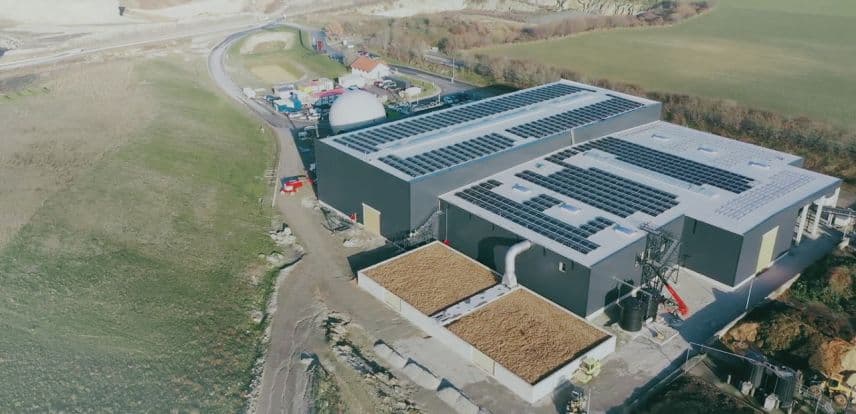
Investing in compound fertilizer production lines requires comprehensive consideration of factors such as capital, technology, and market.
- Existing fertilizer production enterprises: such as urea, ammonium phosphate, potash fertilizer and other single-element fertilizer enterprises.
- Agricultural material distribution enterprises: have sales channels and customer resources.
- Large agricultural groups: have a large amount of land and planting bases.
- Agricultural cooperatives: provide fertilizers and technical services to members.
- Chemical enterprises: have chemical production experience and technology.
- Investment institutions: are optimistic about the prospects of the agricultural and fertilizer industries.
Richi Machinery
Prospects of compound fertilizer processing
As the global population grows and food demand rises, the demand for high-efficiency fertilizers in agricultural production continues to increase. Compound fertilizers are favored because of their comprehensive nutrients and high utilization rate. Many countries encourage the use of compound fertilizers through subsidies and policies to improve agricultural efficiency and reduce environmental pollution.
The overall outlook for processed compound fertilizers is positive, with market demand growth, technological progress and environmental protection requirements driving the industry’s development. Enterprises need to pay attention to market changes, technological innovation and environmental protection trends to cope with competition and challenges.
RICHI MACHINERY
compound fertilizer production line supplier
We provide high standard turn-key services for the construction of compound fertilizer production lines as well as production management systems.
We provide support at every stage of the investment process – from design to delivery and commissioning of a compound fertilizer processing line at the customer’s site. We provide service throughout the entire product life cycle: from the initial implementation period to many years of operation.
Consult
- Requirement analysis
- Scope development
- Feasibility study
Design
- High-level design (process and layout)
- Solution development
- Engineering packages
Manufacturing
- Equipment manufacturing
- Equipment testing
- Equipment delivery
Construction
- Civil engineering
- Operator Training
- Install & commission
Sustain
- Obsolescence
- Maintenance
- Optimisation
After-sales service
- Accessories service
- Technical guidance
- Project follow-up
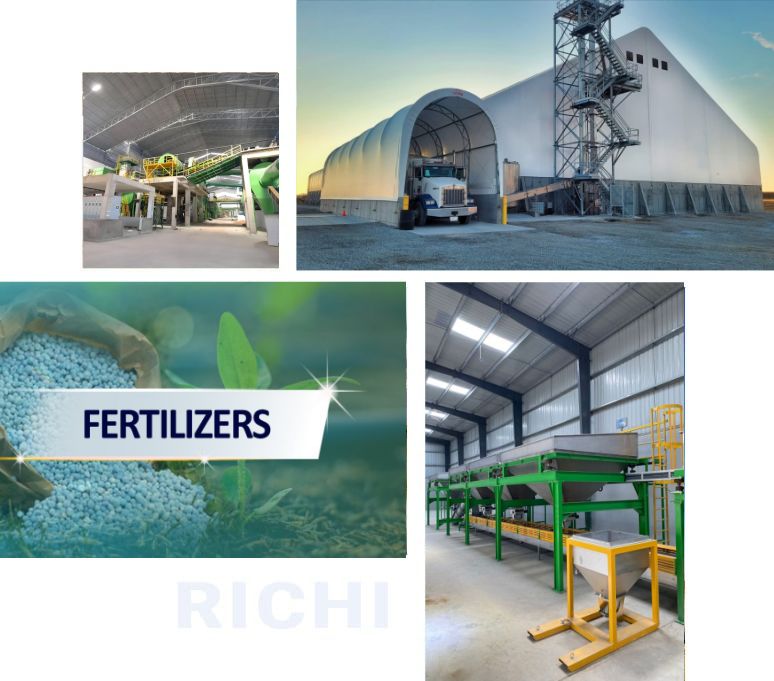
compound fertilizer production process
The process flow of compound fertilizer can be divided into: raw material batching, raw material mixing, raw material granulation, granule drying, granule cooling, granule grading, finished product coating, and finally finished product packaging.
RICHI MACHINERY’s team of experienced engineers understand each compound fertilizer production line system is unique, and so are the challenges that they face. We apply our wealth of industrial fertilizer production knowledge to create custom compound systems that effectively address your project’s unique pain points.
We delve into your process needs and devise custom compound fertilizer production solutions to streamline your process and eliminate bottlenecks. In other words, RICHI transforms your process needs into your fertilizer business advantages with our custom solutions.
Raw material preparation:
Urea, ammonium nitrate, ammonium chloride, ammonium sulfate, ammonium phosphate (monoammonium phosphate, diammonium phosphate, heavy calcium, general calcium), potassium chloride (potassium sulfate) and other raw materials are prepared in a certain proportion (according to market demand and soil test results in various places).
Raw material mixing:
Mix the prepared raw materials evenly to improve the uniform fertilizer content of the fertilizer particles as a whole.
Raw material granulation:
Send the mixed raw materials to the granulator for granulation (a rotary drum granulator or an extrusion granulator can be used).
Granule drying:
Send the granules made by the granulator to the dryer to dry the moisture contained in the granules, increase the granule strength, and facilitate storage.
Granule cooling:
The temperature of the dried fertilizer granules is too high and easy to agglomerate. After cooling, it is easy to bag, store, and transport.
Granule screening:
The cooled granules are classified, the unqualified granules are crushed and re-granulated, and the qualified products are screened out.
Finished product coating:
Qualified products are coated to increase the brightness and roundness of the particles.
Finished product packaging:
The coated particles, i.e. the finished products, are bagged and stored in a ventilated place.

design & equipment for compound fertilizer production line
— Richi Machinery —
With custom compound fertilizer production line solution, our compound fertilizer plants are fitted with machines to achieve the exact specifications required to create your product. When you make the initial investment into RICHI compound fertilizer processing technology, you’ll see ROI results almost immediately. We also provide in-house support services, so you can be sure that your machines are maintained and serviced regularly.
Custom built, our compound fertilizer production solutions can handle any compound fertilizer manufacturing job. RICHI’s team of professionals will work with you to design your compound fertilizer line, acquire all the necessary equipment and components, and ensure each job’s equipment can play its best role.
For RICHI MACHIINERY, No job is too eclectic or difficult. We will be with you every step of the way, from the initial concept to the completed installation of the entire production line. Whether you want a complete compound fertilizer processing system or a separate system, RICHI has a solution for you.

difference to make Granular compound fertilizer & powder compound fertilizer
— Richi Machinery —
The compound fertilizer production line can process granular products as well as powdered products. There are significant differences in processing powdered compound fertilizers and granular compound fertilizers in terms of technology, equipment, product characteristics and applications. No matter what kind of compound fertilizer you want to process, we can provide the corresponding solutions and equipment.
| Item | Granular compound fertilizer | Powder compound fertilizer |
| Production process | Mainly divided into mixing process, granulation process, drying process, screening process, cooling process, packaging process | Mainly divided into mixing process, crushing process and packaging process |
| Equipment | Mixing equipment, granulation equipment, drying equipment, screening equipment, cooling equipment, packaging equipment are required | Mixing equipment, crushing equipment, packaging equipment are required |
| Product characteristics | Granular, not easy to raise dust. Slow dissolution, more lasting nutrient release. Suitable for mechanical fertilization, hole application, etc. | Powder, easy to raise dust. Fast dissolution, rapid nutrient release. Application method: suitable for broadcasting, flushing, etc. |
| Application | Suitable for crops with long growth period and stable fertilizer demand. Suitable for areas with high mechanization. | Suitable for crops with short growth period and fast fertilizer demand. Suitable for areas with low mechanization. |
| Storage and transportation | Not easy to absorb moisture and agglomerate, convenient for storage and transportation. | Easy to absorb moisture and agglomerate, storage and transportation need to be moisture-proof. |
| Environmental protection | Not easy to generate dust, good environmental protection. | Easy to generate dust, poor environmental protection. |
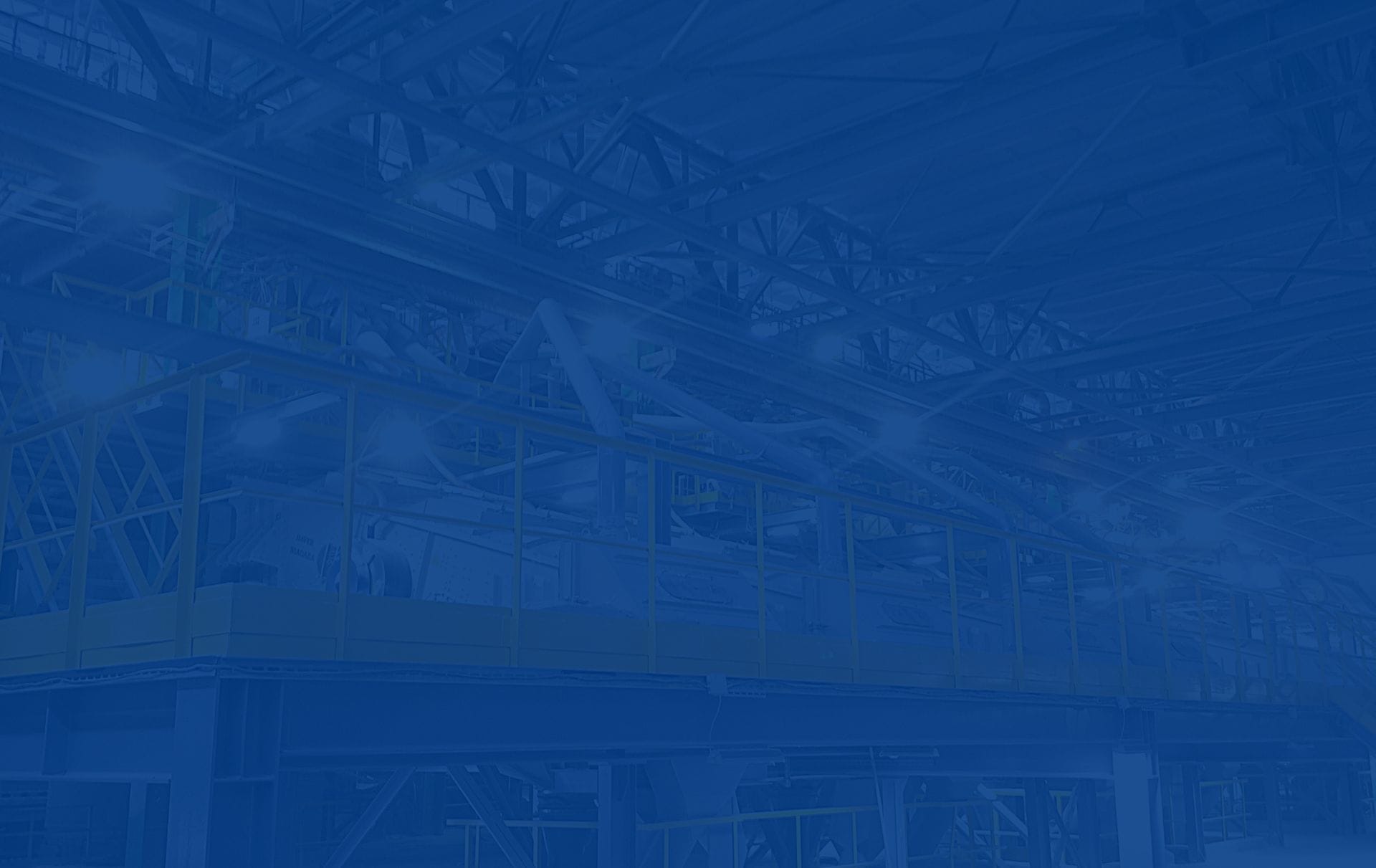
compound fertilizer production line project
Our compound fertilizer production line is equipped with advanced and efficient equipment and has been exported to many countries around the world. According to the production capacity, our compound fertilizer equipment is divided into 2,000 tons, 5,000 tons, 10,000 tons, 20,000 tons, 30,000 tons, 50,000 tons, 60,000 tons, 100,000 tons and 200,000 tons. Customers can choose different outputs and configurations as needed.
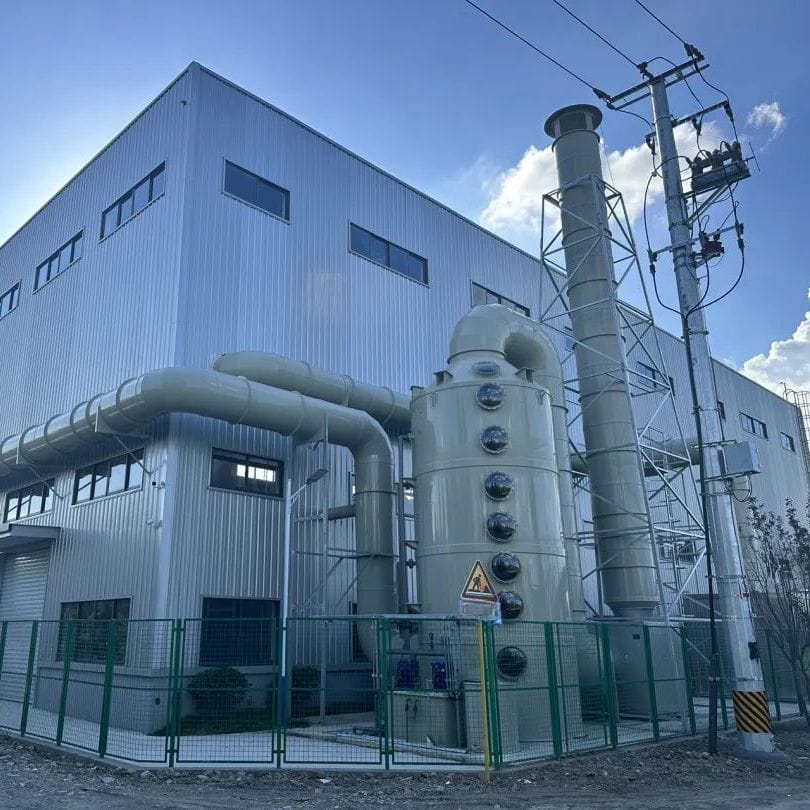

● Brazil
Compound Fertilizer Production Line In Brazil
- raw materials: Urea, monoammonium phosphate, diammonium phosphate, etc.
- capacity: 12T/H
- project investment: $440,000
→
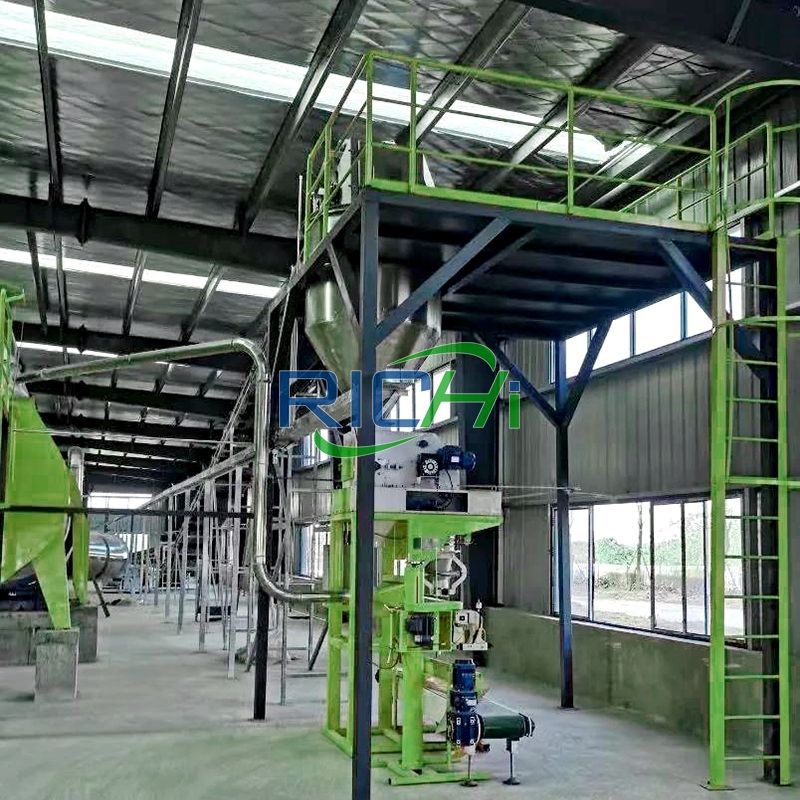

● Argentina
Compound Fertilizer Production Line in Argentina
- Raw materials: urea, superphosphate, potassium chloride, limestone, etc.
- capacity: 8 T/H
- project investment: $320,000
→
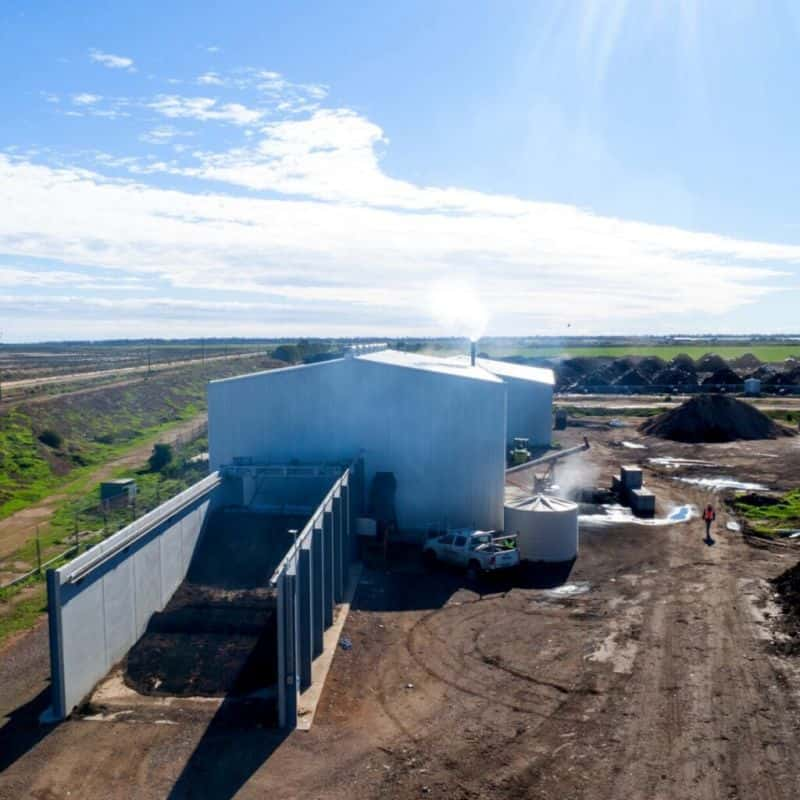

● Indonesia
Compound Fertilizer Production Line in Indonesia
- Raw materials: ammonium sulfate, superphosphate, potassium sulfate, gypsum, etc.
- capacity: 5 T/H
- project investment: $210,000
→
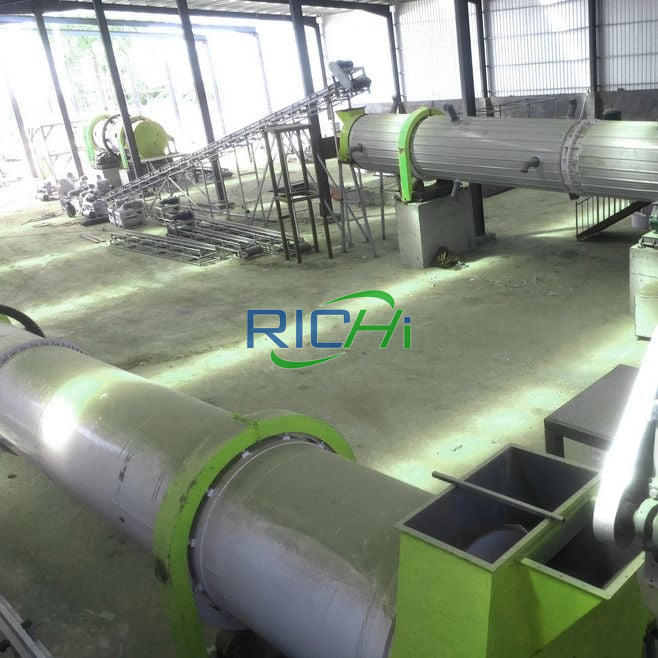

● Mexico
Compound Fertilizer Production Line in Mexico
- Raw materials: ammonium chloride, urea, diammonium phosphate, potassium nitrate, magnesium sulfate, etc.
- capacity: 4 T/H
- project investment: $160,000
→
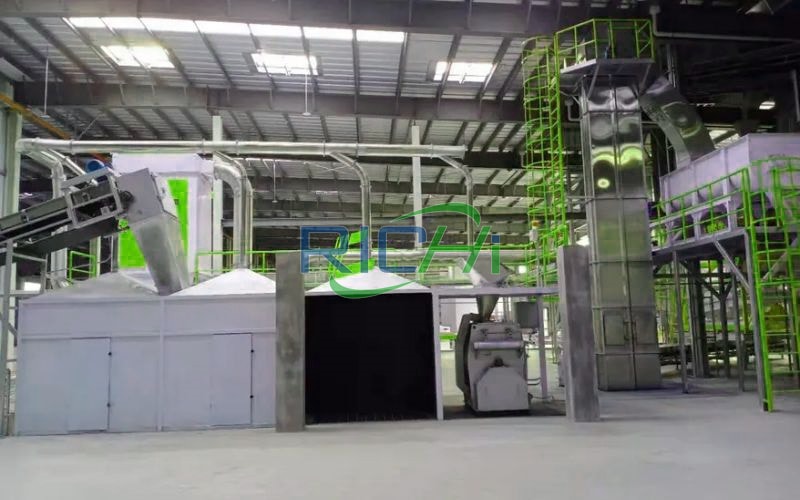

● France
Compound Fertilizer making Line in France
- Raw materials: urea, superphosphate, potassium chloride, limestone, zinc sulfate, etc.
- capacity: 2-3 T/H
- project investment: $110,000
→
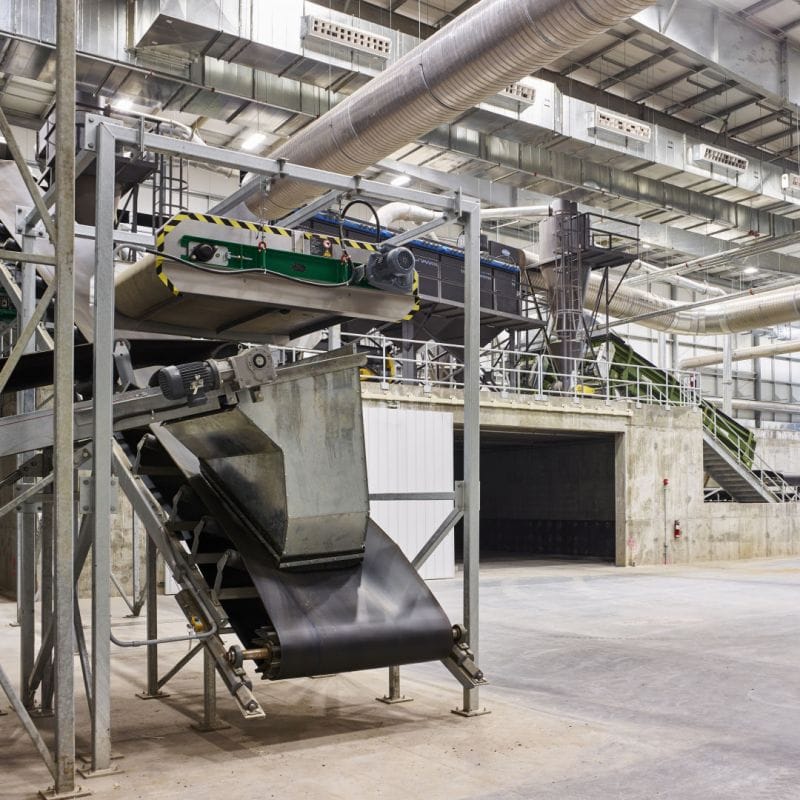

● Vietnam
Compound Fertilizer making Line in Vietnam
- Raw materials: urea, humic acid, monoammonium phosphate, ammonia water, copper sulfate, etc.
- capacity: 6 T/H
- project investment: $180,000
→
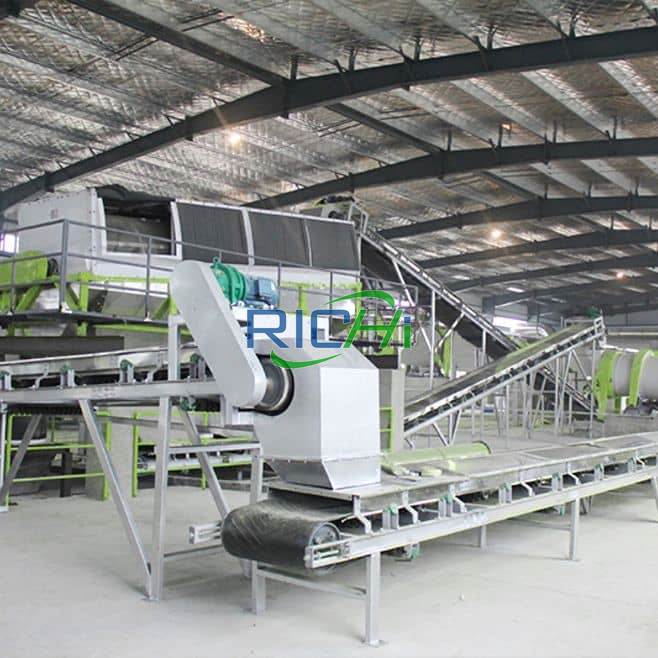

● Kazakhstan
Compound Fertilizer making Line in Kazakhstan
- Raw materials: urea, phosphate rock powder, potassium magnesium sulfate, clay, seaweed extract, etc.
- capacity: 7 T/H
- project investment: $250,000
→
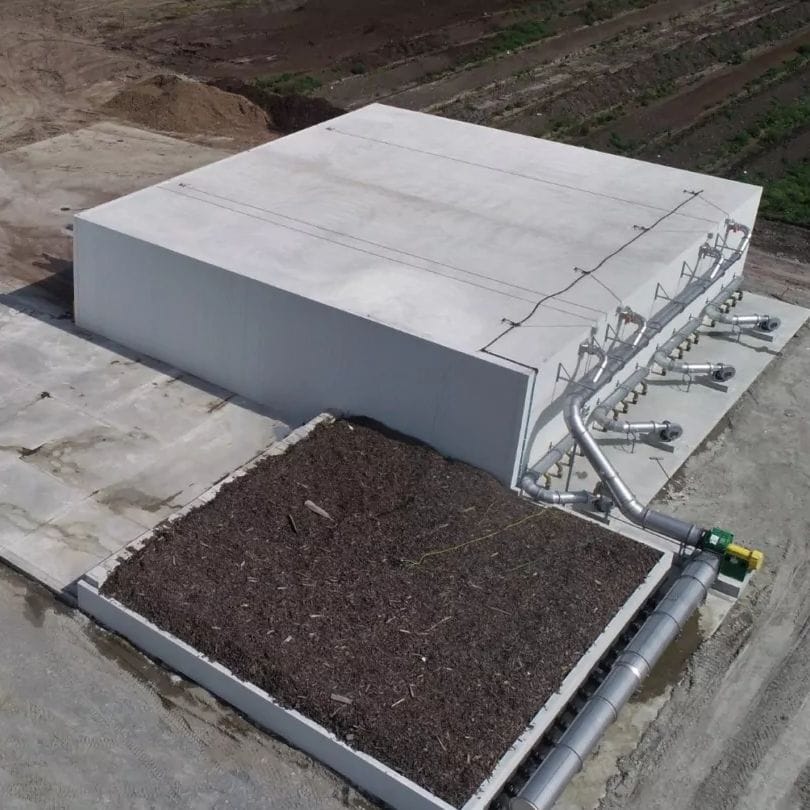

● Thailand
Compound Fertilizer making Line in Thailand
- Raw materials: urea, potassium nitrate, superphosphate, humic acid, limestone powder, manganese sulfate, etc.
- capacity: 10 T/H
- project investment: $370,000
→
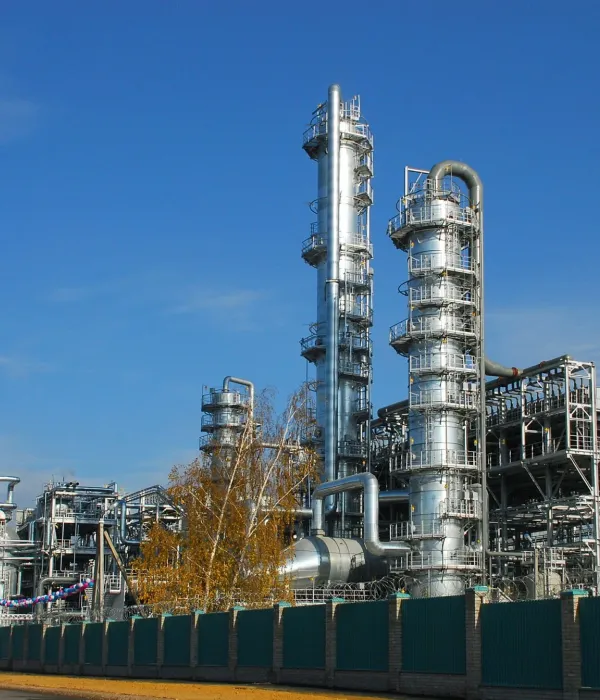
compound fertilizer production line cost
The cost of a compound fertilizer production line is usually between 30,000 and 2 million US dollars. This is the investment cost of the entire set of production line equipment, excluding the construction of factory buildings, water and electricity engineering, and environmental protection engineering.
| Investment Cost (USD) | Total Power | Profit cycle |
| 1-2T/H | 30,000-120,000 | 27-75KW |
| 3-4T/H | 50,000-350,000 | 47-75KW |
| 5-6T/H | 70,000-480,000 | 53-165KW |
| 8-10T/H | 10,000-600,000 | 68-259KW |
| 10-12T/H | 150,000-800,000 | 125-410KW |
| 12-15T/H | 200,000-1,100,000 | 358-620KW |
| 15-20T/H | 35,0000-1,500,000 | 545-870KW |
| Higher capacity to 60t/h | … | … |
The investment cost of a compound fertilizer factory is affected by many factors, including production scale, process flow, equipment selection, degree of automation, raw material costs, land and construction costs, and environmental protection requirements.
floor area of the compound fertilizer production line
The floor area of the compound fertilizer making plant is affected by many factors, including production scale, process flow, equipment layout, raw material and finished product storage requirements, etc. The specific area needs to be planned and designed in detail according to the actual situation.
According to the production scale,
- Small compound fertilizer production line: 10,000-50,000 tons per year, covering an area of about 1,000-10,000 square meters.
- Medium-sized compound fertilizer production line: 50,000-200,000 tons per year, covering an area of about 5,000-30,000 square meters.
- Large-scale compound fertilizer production line: annual output of more than 200,000 tons, covering an area of about 10,000-50,000 square meters or more.


Related fertilizer production line solution
In addition to compound fertilizer production lines, we can provide different types of fertilizer processing solutions, such as organic fertilizer production plant, biofertilizer manufacturing plant, small scale fertilizer plant, fertilizer blending plant; we can also provide fertilizer solutions with different outputs, such as 1-2t/h, 3-4t/h, 5t/h, 10t/h, 15t/h, 20t/h, etc.; we can also process specific raw materials or organic fertilizer waste into fertilizers, such as food waste, sludge, etc.
We can provide customized special production lines according to customers’ requirements. You can let us know your purpose or technical process and we will design and provide a solution.
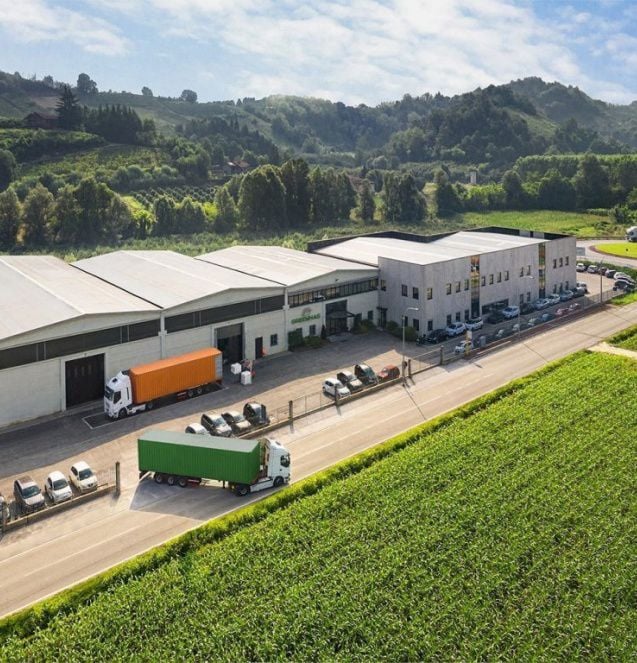
organic fertilizer production plant
The organic fertilizer production line includes key equipment such as fermentation stackers, automatic batching machines, crushers, mixers, screening machines, packaging equipment and belt conveyors. Forklifts may also be configured according to actual needs.
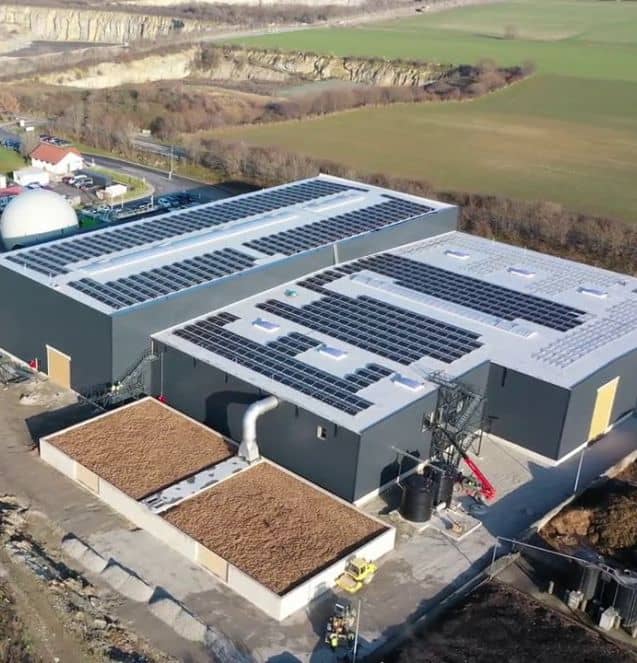
biofertilizer manufacturing plant
On the basis of organic fertilizer production process, the focus is on the addition and protection of microbial agents. During the production process, it is necessary to consider the living environment of microorganisms and avoid conditions that are harmful to microorganisms, such as high temperature, high acidity and alkali.
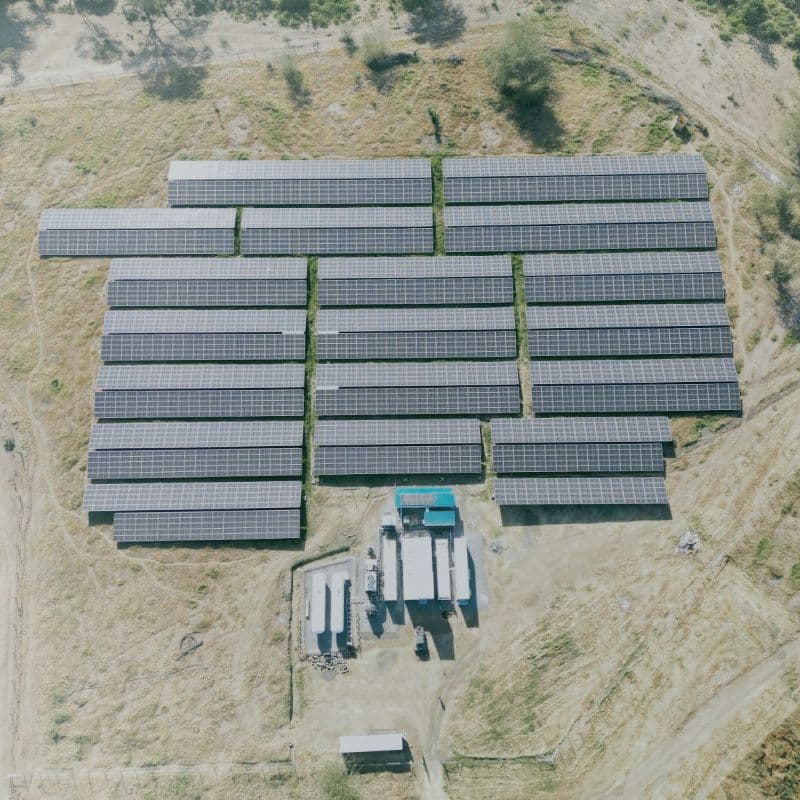
1-2T/H
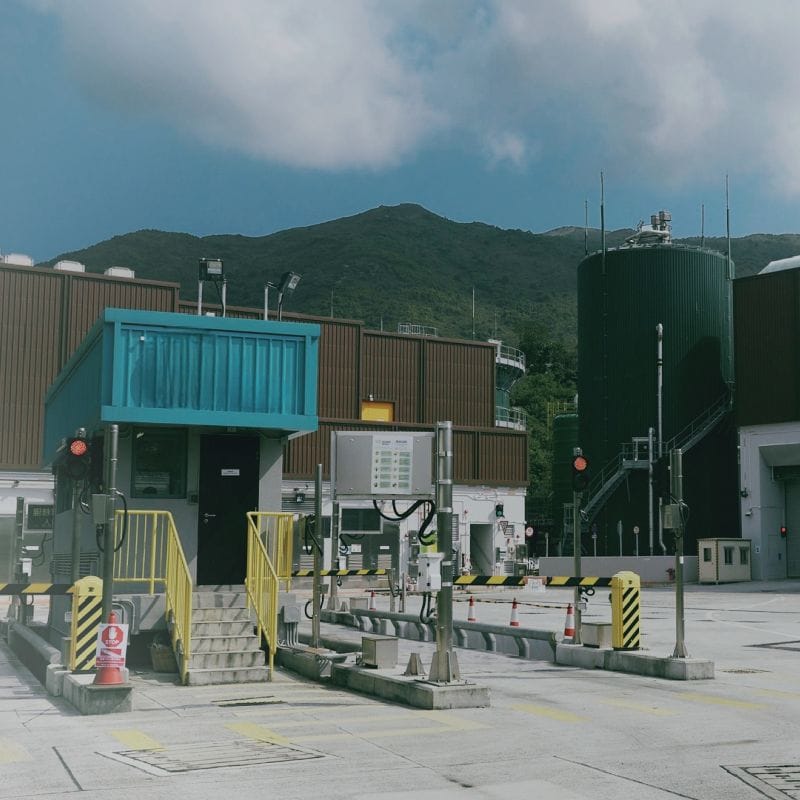
3-4T/H
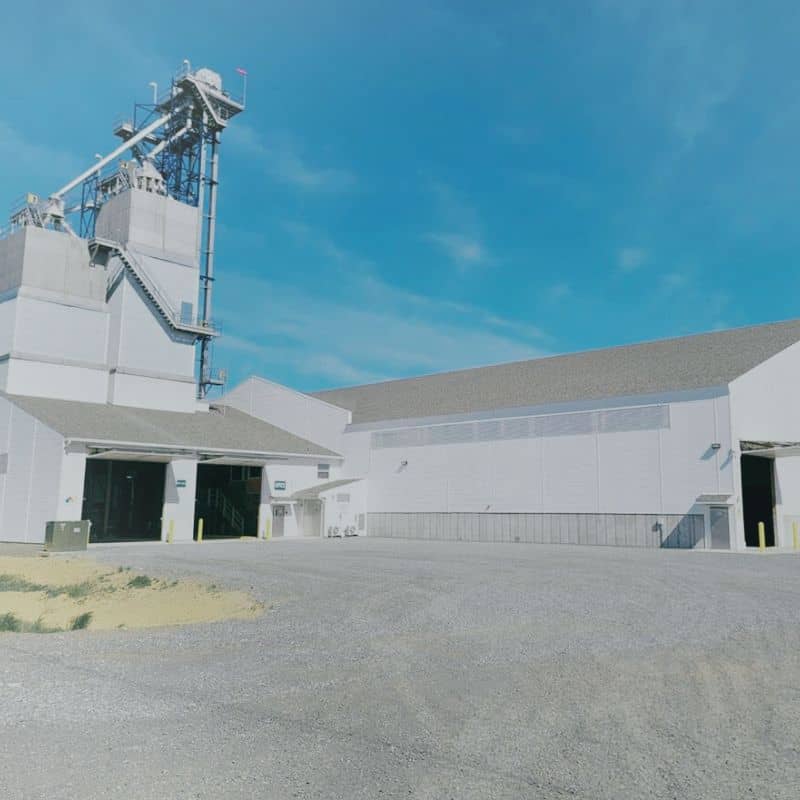
5-6T/H
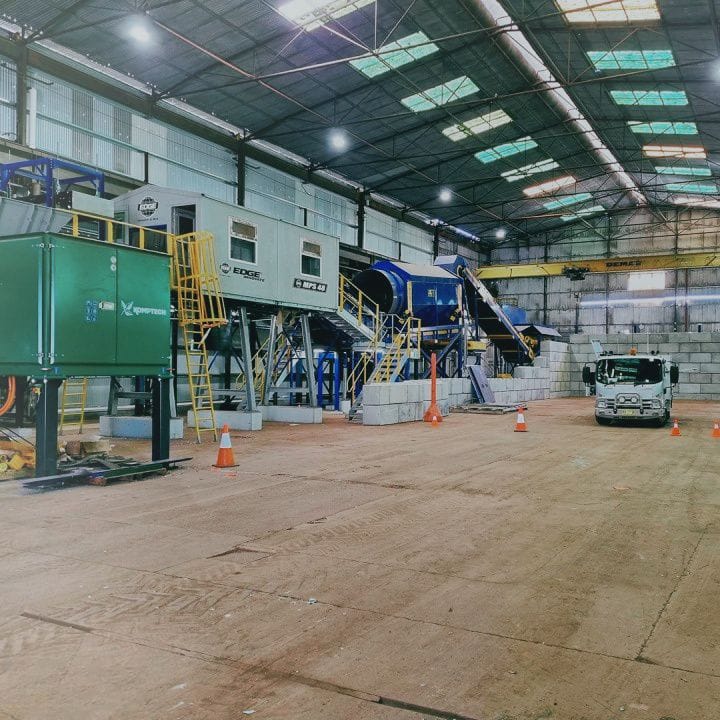
8-10T/H
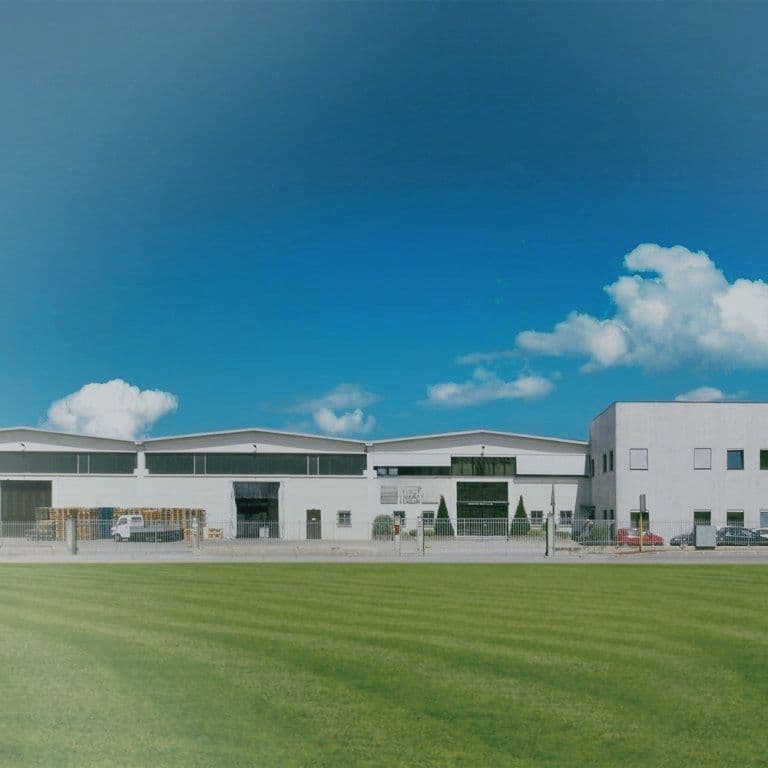
12-15T/H
Frequently asked questions

How to choose the right equipment for your compound fertilizer production line?
When choosing compound fertilizer equipment that suits your needs, you need to consider the following key factors:
- Fertilizer type, production scale and capacity requirements
- Determine the type of fertilizer: You need to decide what type of fertilizer to produce, such as pure organic fertilizer, compound fertilizer or organic-inorganic compound fertilizer. Different fertilizer types require different equipment.
- Small or large production line: Choose equipment according to your production scale. If it is a small-scale production, you can choose equipment with lower capacity, otherwise you will need a larger compound fertilizer production line. This will directly affect the investment cost of the compound fertilizer production line.
- Output requirements: Determine the required annual output or daily production capacity to ensure that the equipment’s capacity can meet the demand.
- Raw material types and formulas
- Raw material sources: Different types of raw materials for compound fertilizers (such as nitrogen fertilizers, phosphate fertilizers, potash fertilizers, etc.) require different equipment. Ensure that the equipment can adapt to the main raw material types used.
- Formula complexity: The formula of compound fertilizers can change according to the needs of different crops. Choose equipment that can flexibly allocate different ingredients and formula ratios to meet diverse product needs.
- Technical requirements and equipment functions
- Choose product shape: You need to decide the shape of the compound fertilizer product. Common ones are powder, columnar and standard round. Different shapes correspond to different equipment configurations.
- Granulation technology: Choose the appropriate granulation technology according to the type of fertilizer granules required. Different technologies have different effects on the hardness, uniformity, particle size, etc. of the granules.
- Mixing technology: Make sure to choose equipment that can mix efficiently and evenly to avoid uneven fertilizer composition affecting quality.
- Automation degree: If you have high requirements for automation control, you can choose equipment equipped with PLC automation system, intelligent monitoring, data acquisition and analysis functions.
- High or low configuration: The configuration of the equipment directly affects the compound fertilizer production line price and production capacity. The higher the configuration, the more expensive the equipment price, but the greater the possibility of stable and high yield.
- Equipment performance and quality
- Stability and durability: Choose verified and stable quality equipment to avoid equipment failure affecting production efficiency.
- Energy consumption and environmental protection: Pay attention to the energy efficiency ratio and environmental protection design of the equipment, such as whether it is equipped with exhaust gas treatment devices, heat exchange systems, etc., to reduce energy consumption and environmental pollution.
- Maintenance convenience: Whether the equipment is easy to maintain and whether the accessories are easy to replace and purchase. Ensure that the equipment will not cause high maintenance costs due to frequent failures during long-term use.
- Cost and budget
The purchase cost of the equipment is an important factor. Consider the operating costs such as energy consumption, manual operation, and maintenance of the equipment to ensure that the equipment that meets the budget is selected.
- Production line layout and space requirements
- Equipment footprint: Select a suitable compound fertilizer production line configuration according to the size of the plant space to ensure sufficient space for equipment installation, operation and daily maintenance.
- Production line process design: Some equipment can be connected with other fertilizer production links (such as crushing, screening, packaging, etc.), considering the overall layout and process optimization of the production line.
- After-sales service and technical support
- Manufacturer reputation and technical support: Choose compound fertilizer equipment suppliers with good after-sales service and technical support. Ensure that technical assistance and spare parts can be quickly obtained when the equipment fails.
- Warranty period and training: Understand the warranty period of the equipment to ensure that technical problems in the production process can be solved in a timely manner. In addition, many equipment suppliers provide operator training to ensure that personnel can master the operation of the equipment.
- Reputation of suppliers and brands
Choose well-known brands and experienced equipment manufacturers to ensure the quality of equipment and after-sales service. Understand the supplier’s technical background, market reputation and other customers’ feedback.
When choosing equipment for compound fertilizer production line, the most important thing is to comprehensively consider the production scale, raw material type, production process, equipment performance and budget.
It is recommended to fully investigate the equipment on the market before choosing, understand the equipment’s technical parameters, performance indicators, manufacturer reputation and other information, and make the choice that best suits your needs.
How to build a compound fertilizer production line? Procedures and steps
If you want to build a compound fertilizer production line, it requires multiple steps and procedures. Here are the suggestions RICHI MACHINERY provides for you:
- Project feasibility study
Analyze market demand, competition and potential customers. Evaluate the feasibility of production processes and technologies. Conduct cost estimates and revenue forecasts to evaluate the economic feasibility of the project. Evaluate the impact of the project on the environment to ensure compliance with environmental regulations.
- Project establishment and approval
Prepare a project proposal and submit it to relevant departments for approval. Conduct an environmental impact assessment and obtain an environmental impact assessment approval. Obtain land use rights and apply for land planning permits. Handle relevant procedures such as industrial and commercial registration and tax registration.
- Process design
Determine the process flow of the compound fertilizer production line, including raw material processing, mixing, granulation, drying, cooling, screening and packaging.
Select appropriate equipment according to process requirements, such as mixers, granulators, dryers, coolers, screening machines and packaging machines. Rationally plan the layout of the workshop to ensure a smooth production process and reduce material handling.
- Equipment procurement and installation
Purchase the required equipment according to the design selection. Install the equipment according to the design drawings to ensure that the equipment is installed accurately and connected firmly. After the installation is completed, debug and test run the equipment to ensure the normal operation of the equipment.
- Infrastructure construction
Build infrastructure such as compound fertilizer production workshops, warehouses, and office buildings according to design requirements.
Build public facilities such as water supply, power supply, gas supply, and drainage to ensure the stable supply of water, electricity, and gas required for production. Build environmental protection treatment facilities such as waste gas, wastewater, and noise to ensure that pollutants in the production process meet the emission standards.
- Personnel training
Provide technical training for production operators to ensure that they master equipment operation and maintenance skills. Conduct safety production training to ensure that employees understand safety operating procedures and emergency response measures. Provide training for management personnel in production management, quality management, etc.
- Trial production and acceptance
Carry out trial production to verify the reliability of production processes and equipment, and adjust and optimize production parameters. Conduct quality inspections on trial-produced products to ensure that they meet national standards and enterprise requirements.
Organize relevant departments to conduct project acceptance to ensure that the production line meets design requirements and production standards.
- Formal production
After all commissioning and acceptance are completed, it will be officially put into production. Establish a sound production management system to ensure the normalization and standardization of the production process. Establish a quality management system to ensure stable product quality.
The construction of a compound fertilizer production line involves multiple steps and procedures. From project feasibility study to formal production, each link requires careful planning and execution. Through scientific design, strict construction and effective management, the smooth construction and efficient operation of the production line can be ensured.
How to configure equipment for a 2T/H compound fertilizer production line
Below, we will give you a list of equipment for a 2t/h compound fertilizer production line we have made. If you want to start a 2-ton compound fertilizer processing business, you can contact us directly to customize a plan. We will provide you with free process design and equipment layout based on your raw materials, product type and plant structure.
- Crawler Turner:GTLG-2500
- Loaning hopper:GTH-1-2
- Belt conveyor:B500*5m
- Vertical crusher:GTC-50C
- Large incination belt conveyor*6m
- Screening machine:GTS-1030
- Belt conveyor:B500*6m
- Automatic batching system:TDP-1.2-4
- Belt conveyor:B500*6m
- Bucket elevator:GTE-250*7m
- Vertical crusher:GTC-50C
- Horizontal mixer:GTM-0730
- Belt conveyor:B500*9m
- Stirring pin granulator:GTZJ-800
- Polish machine:GTP2-800
- Large inclination belt conveyor:GTD-500*5m
- Hot air stove:GTRF-120
- 18.Rotary Dryer:GTRD-1.0-10
- 19.Cyclone for dryer:GTXF-800
- Fan for dryer:5C
- Chimney 15 meter
- Large inclination belt conveyor:GTD-500*4m
- Rotary Cooler:GTRC-0.8-8
- Cyclone for cooler:GTXF-800
- Fan for cooler:5C
- Belt conveyor:B500*3m
- Belt conveyor:B500*7m
- Screening machine:GTS-1030
- Belt conveyor:B500*4m
- Belt conveyor:B500*6m
- Coating Agent Agitator Tank
- Coating machine:GTRC-1250
- Belt conveyor:B650*8m
- Granular packaging machine:GTB-50K
Can compound fertilizer and organic fertilizer be processed on the same production line?
Yes. In many of our projects, customers use the same production line to process multiple fertilizer types at the same time. Of course, this is a composite production line, not a single fertilizer production line design.
Can you provide installation services for compound fertilizer production lines?
Yes, no problem, we have professional installation team and installation engineers, if you need, we will send our installation workers to install it for you.
Can you provide the design drawings of the compound fertilizer production line?
Yes, we will provide detailed customized design according to your needs, and we will also make adjustments many times, all for free.
Later, we will also provide a series of detailed drawings such as flow charts, equipment layout diagrams, factory layout diagrams, foundation diagrams, installation diagrams, three-view diagrams, electrical schematic diagrams, steel structure drawings, etc. to help you install and produce smoothly.
What is the difference between compound fertilizer production line and organic fertilizer production line?
The main differences between compound fertilizer production lines and organic fertilizer production lines are in production raw materials, production processes, equipment configuration, final product properties, and environmental protection requirements.
- Production raw materials
- Compound fertilizer production line: mainly uses mineral raw materials, such as phosphate fertilizer, nitrogen fertilizer, potash fertilizer, etc., and some chemical additives. These raw materials are produced by chemical synthesis or mechanical mixing.
- Organic fertilizer production line: uses organic waste, such as crop straw, livestock and poultry manure, food processing waste, urban organic waste, etc. These raw materials are converted into organic fertilizers through fermentation, composting, etc.
- Production process
- Compound fertilizer production line: The production process focuses on chemical reaction or mechanical mixing. The main processes include raw material batching, drying, granulation, cooling, screening, coating, etc. The ingredients of compound fertilizer can be produced by mechanical mixing or chemical synthesis.
- Organic fertilizer production line: The production process includes raw material pretreatment (such as crushing, moisture adjustment), fermentation/composting, screening, drying, granulation, etc. Since the main component of organic fertilizer is organic matter, the fermentation process is particularly important, and composting equipment, fermentation equipment, etc. are needed to promote the decomposition of organic matter.
- Equipment configuration
- Compound fertilizer production line: The main equipment includes batching system, granulator, cooler, coating machine, screening machine, packaging machine, etc.
- Organic fertilizer production line: The main equipment includes compost turning machine, fermentation tank, granulator, dryer, screening machine, packaging machine, etc.
- Properties of the final product
- Compound fertilizer: The main components are basic nutrients required by plants such as nitrogen, phosphorus, and potassium. The fertilizer effect is fast and can quickly provide the nutrients required by plants. It is suitable for quickly replenishing nutrients in the soil.
- Organic fertilizer: It mainly contains organic matter, rich in humus, trace elements and soil improvement ingredients, and is a natural fertilizer. It is characterized by slow-release fertilizer effect, which can improve soil structure and promote soil microbial activity.
- Environmental protection requirements
- Compound fertilizer production: Since chemical reactions are involved, chemical gases or waste gases may be produced, so the environmental protection requirements are high, and it is necessary to ensure that there are appropriate waste gas treatment and emission standards during the production process.
- Organic fertilizer production: The treatment of raw materials is relatively strict, especially the gas emissions during the fermentation process need to meet environmental protection standards. The odor generated during the fermentation process requires a good ventilation system and odor treatment facilities.
Are there any differences in the processes for processing different compound fertilizers?
Yes, for the following main types of compound fertilizers, their processing technology is as follows, you can compare:
- General compound fertilizer
- Raw material ratio: According to the formula, weigh urea, monoammonium phosphate, potassium chloride and other raw materials in proportion.
- Mixing: Use a mixer to mix the raw materials thoroughly and evenly.
- Granulation: Use drum granulation or high tower granulation technology to make the mixture into granules.
- Drying and cooling: Use dryers and coolers to reduce the moisture and temperature of the granules.
- Screening and packaging: Screen out qualified granules and package them.
- Special compound fertilizer
- Raw material processing: Crush the raw materials and mix them evenly.
- Granulation: Use spray granulation or drum granulation technology to make granules suitable for specific crops.
- Coating treatment: According to needs, coat the granules to make slow-release or controlled-release fertilizers.
- Packaging: Pack according to specifications and mark the applicable crops.
- Slow-release/controlled-release compound fertilizer
- Raw material preparation: Mix nitrogen, phosphorus and potassium raw materials in proportion.
- Granulation: Basic granules are made by high tower granulation or drum granulation.
- Coating treatment: Spray sulfur or resin on the surface of the granules to form a coating layer.
- Solidification and screening: Stabilize the coating layer through solidification equipment and screen out qualified granules.
- Packaging: Packaging according to specifications, suitable for long-term crops or scenes requiring precise fertilization.
- Functional compound fertilizer
- Raw material ratio: Add humic acid, trace elements or microbial agents to basic nitrogen, phosphorus and potassium raw materials.
- Mixing and granulation: After the raw materials are fully mixed, granules are made through granulation equipment.
- Low-temperature treatment: For compound fertilizers containing microbial agents, a low-temperature drying process is used to avoid high temperature destroying the activity of the agent.
- Sieving and packaging: Qualified granules are screened and packaged, suitable for soil improvement or specific functional requirements.
What are the raw materials for processing compound fertilizer?
The main raw materials of compound fertilizer include three nutrients: nitrogen, phosphorus and potassium. However, some trace elements and additives are also included. The raw materials of compound fertilizer mainly include the following:
(1) Nitrogen source:
- Urea: High nitrogen content, often used as the main nitrogen source.
- Ammonium sulfate: Provides nitrogen and sulfur.
- Ammonium nitrate: High nitrogen content, easily soluble in water.
- Ammonium chloride: Provides nitrogen and chlorine.
(2) Phosphorus source:
- Superphosphate: Provides phosphorus and calcium.
- Heavy superphosphate: The phosphorus content is higher than superphosphate.
- Monoammonium phosphate (MAP): Provides nitrogen and phosphorus.
- Diammonium phosphate (DAP): High nitrogen and phosphorus content.
(3) Potassium source:
- Potassium chloride: Common potassium source, high potassium content.
- Potassium sulfate: Provides potassium and sulfur, suitable for chlorine-sensitive crops.
(4) Medium and trace elements:
- Calcium: Such as limestone and gypsum.
- Magnesium: Such as magnesium sulfate. Sulfur: such as ammonium sulfate and potassium sulfate.
- Trace elements: such as borax, zinc sulfate, copper sulfate, manganese sulfate, etc.
(5) Fillers:
Limestone powder, clay, etc., used to adjust nutrient content and physical properties.
(6) Additives:
Anti-caking agents: such as talcum powder, to prevent fertilizer from agglomerating.
Slow-release agents: such as sulfur-coated urea, to control the rate of nutrient release.
The above raw materials can be mixed in proportion to make compound fertilizers with different ratios to meet crop needs.
ABOUT RICHI MACHINERY
RICHI MACHINERY has been an industry leader in the turnkey fertilizer processing equipment market for over two decades. Our expert product and engineering team offers quality mechanical and design services for all of our turnkey solutions. From single fertilizer making machine to full fertilizer production line installation, we deliver the quality and consistency that the world’s most advanced fertilizer industries demand.
- Expert fertilizer plant solutions backed by our ISO quality control system.
- Precision fertilizer equipment and fertilizer production plant installation capabilities.
- Turnkey fertilizer plant machinery manufacturing.
- Premium fertilizer equipment and fertilizer production line customization options including customization of different parts, combination of different equipment, durable paint, primer and powder coating options.


